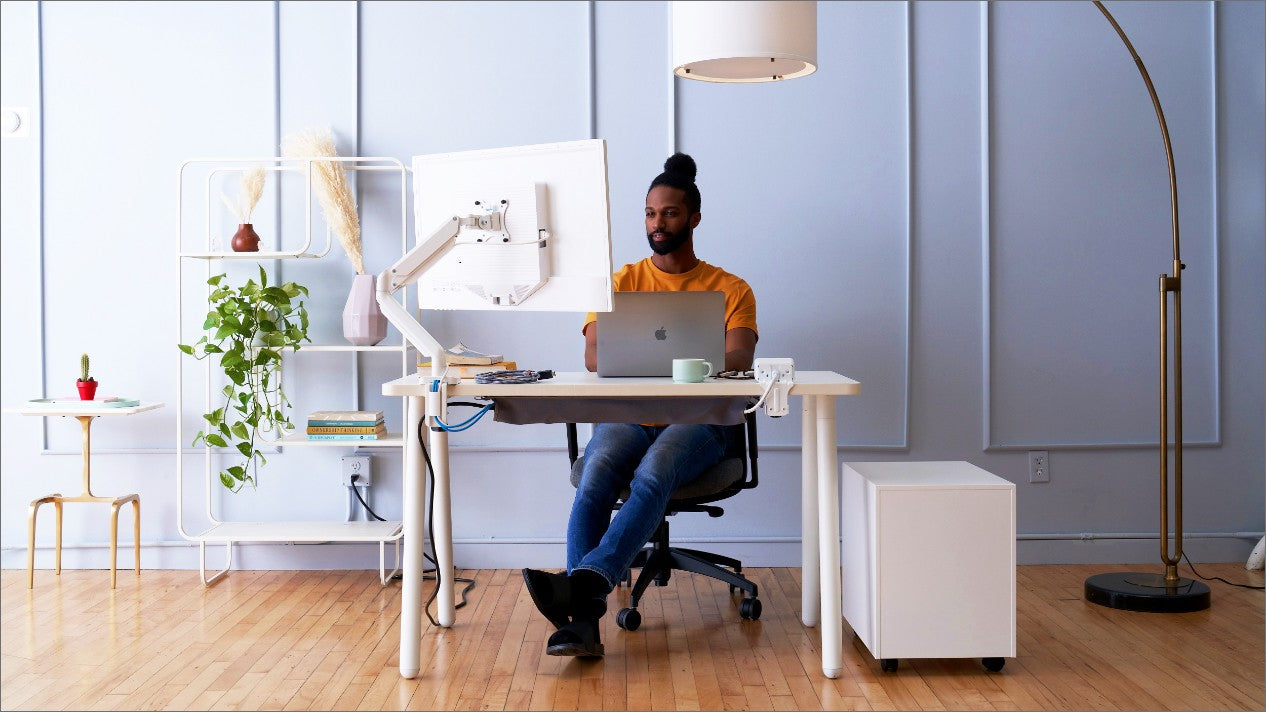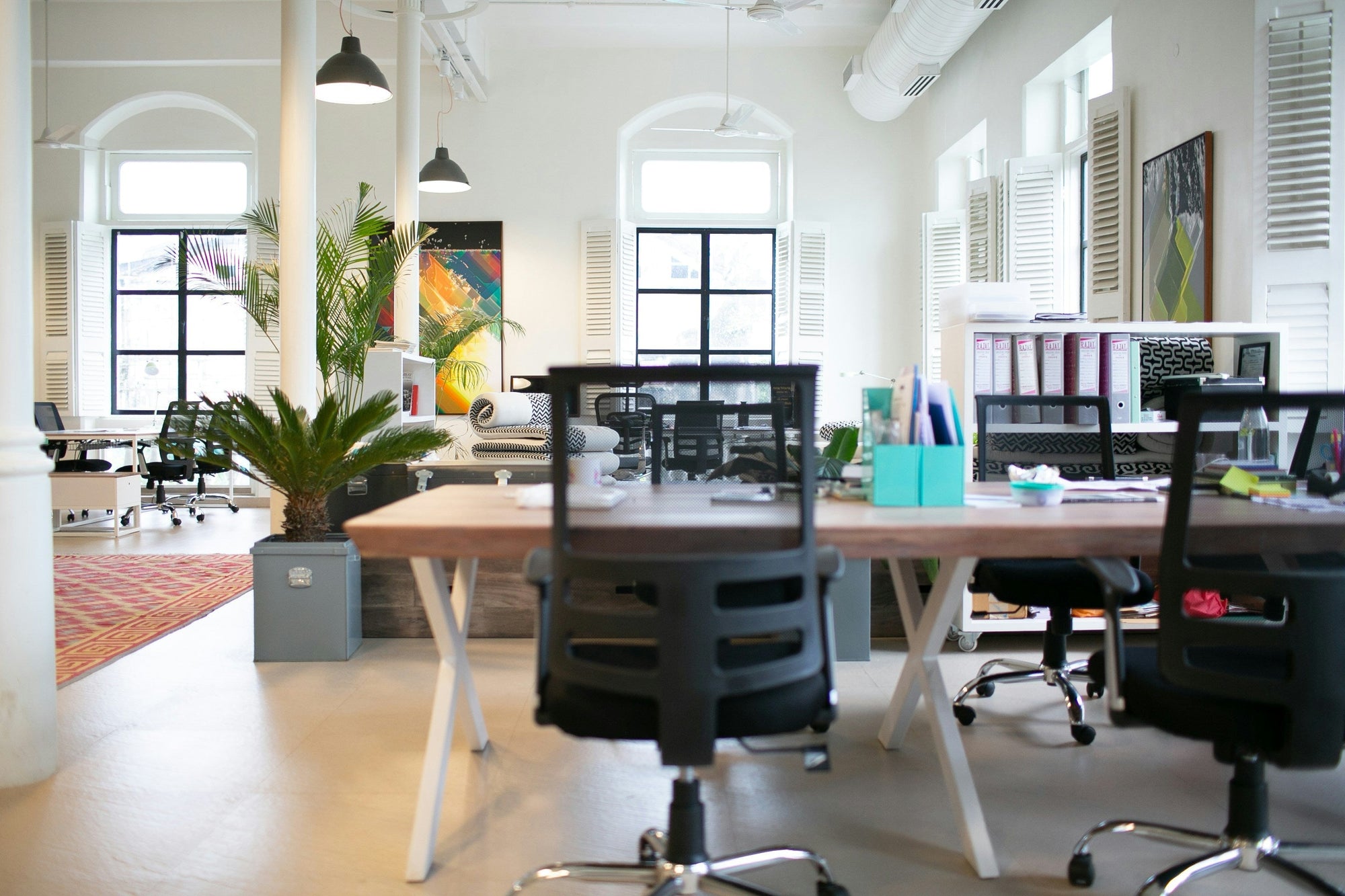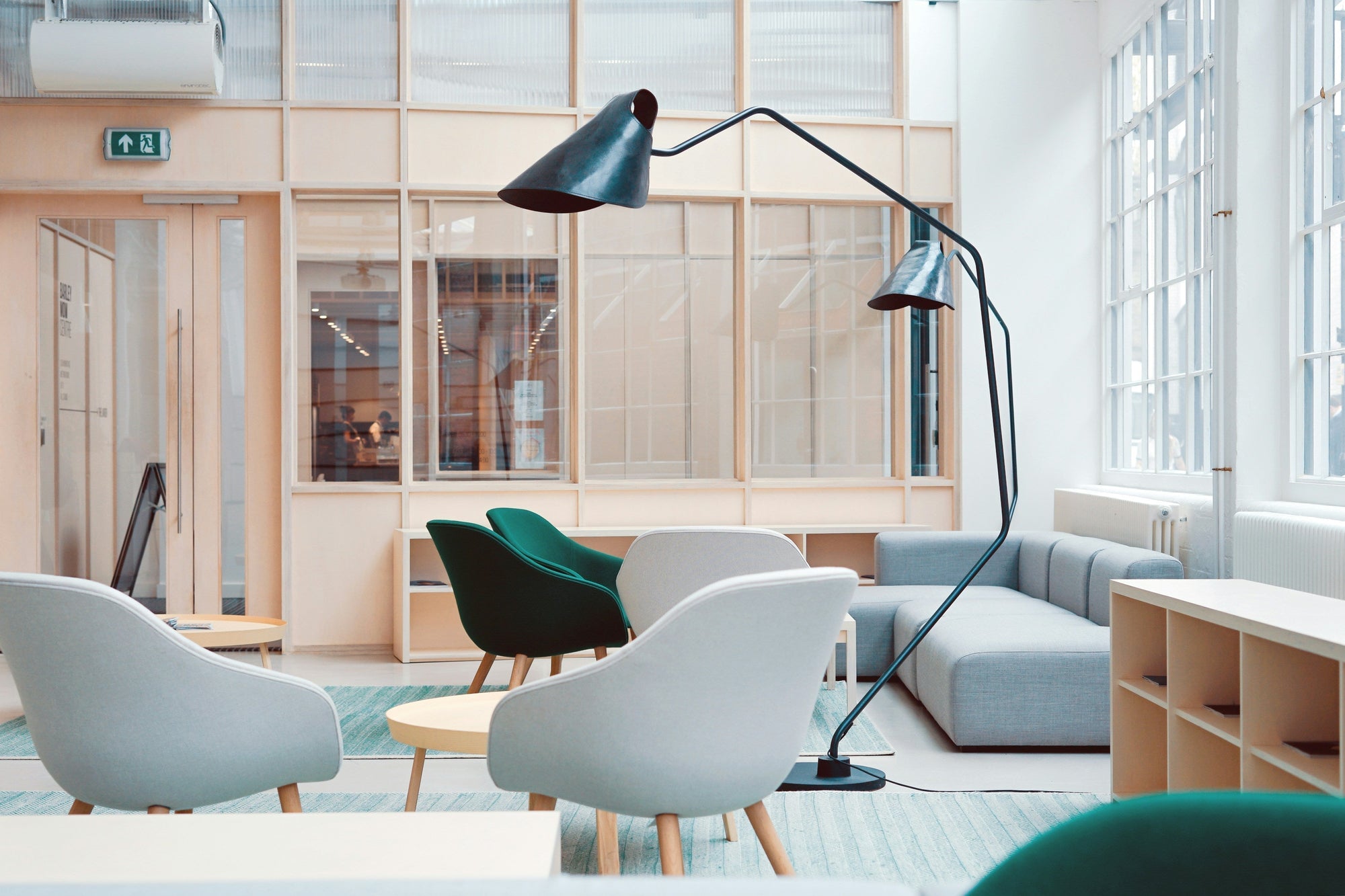Small office spaces can be both functional and inviting with the right furniture choices. Here are key strategies to maximize space efficiency and productivity:
-
Multi-Functional Furniture:
- Choose furniture pieces that serve multiple purposes, such as desks with built-in storage, or foldable tables that can be used for meetings or as additional workspace.
- Utilize modular furniture systems that can adapt to different configurations and needs throughout the day.
-
Vertical Storage Solutions:
- Maximize vertical space with wall-mounted shelves, cabinets, or bookcases. This keeps floor space clear while providing ample storage for files, supplies, and personal items.
- Use vertical filing cabinets or stackable storage bins to organize paperwork and office essentials without cluttering limited floor space.
-
Compact and Lightweight Furniture:
- Opt for compact desks, chairs, and filing cabinets that fit snugly into small corners or alcoves. Lightweight furniture can be easily moved or rearranged to create more open space as needed.
- Consider nesting chairs or stools that can be stacked and stored when not in use, freeing up valuable floor space for other activities.
-
Integrated Technology Solutions:
- Choose desks and workstations with integrated cable management systems and built-in power outlets to minimize cord clutter and enhance connectivity.
- Utilize wall-mounted monitors or adjustable monitor arms to maximize desk space while maintaining ergonomic viewing angles.
-
Reflective Surfaces and Lighting:
- Incorporate mirrors or glass surfaces to create an illusion of openness and brightness in small office environments.
- Optimize natural light sources and supplement with task lighting to illuminate work areas effectively without overwhelming the space.
-
Flexible Seating Arrangements:
- Select versatile seating options such as stackable chairs, stools, or modular seating units that can be rearranged for meetings, collaboration, or individual work.
- Invest in ergonomic chairs that provide comfort and support during extended periods of sitting, ensuring employee well-being and productivity.
-
Minimalist Design Aesthetics:
- Embrace minimalist design principles with clean lines, neutral colors, and streamlined furniture choices. This creates a cohesive and uncluttered look that enhances visual appeal and promotes focus.
- Incorporate strategic use of color accents or decorative elements to personalize the space while maintaining a sense of openness and organization.
Conclusion:
Optimizing small office spaces with smart furniture choices involves maximizing functionality, minimizing clutter, and creating a conducive environment for productivity and creativity. By strategically selecting multi-functional, compact, and ergonomic furniture solutions, businesses can transform limited office areas into efficient and inspiring workspaces.







